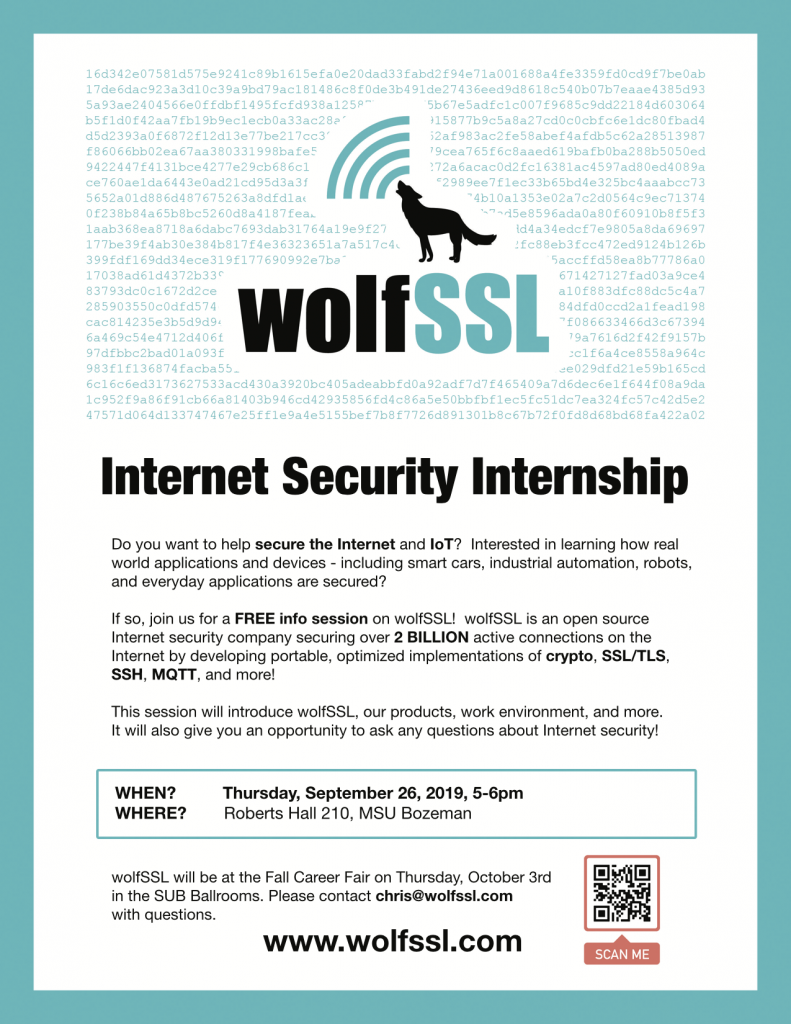wolfSSL’s embedded SSL/TLS library comes with support for many tools and libraries, one of which is curl! In addition to providing support and maintenance for curl, wolfSSL has also integrated the curl library in conjunction with Daniel Stenberg (an original author of curl and one of the founders). With this integration, wolfSSL now provides support and consulting for the curl library.
In addition, a modified version of the curl library, tiny-curl, is also available through wolfSSL. tiny-curl is a patch applied on top of curl to reduce its code size, which makes it favorable for embedded and real-time environments. Version 0.10 of tiny-curl is based on curl version 7.65.3, and is available for download from the wolfSSL download page: https://www.wolfssl.com/download/.
More information about wolfSSL and curl can be found on the curl product page: https://www.wolfssl.com/products/curl/. Details on wolfSSL support for curl and tiny-curl is also located on the support page here: https://www.wolfssl.com/products/support-packages/.
wolfSSL also provides support for the latest versions of the TLS protocol, including TLS 1.3! As such, wolfSSL is considering adding TLS 1.3 support to cURL in the future. More information about wolfSSL and TLS 1.3 can be found here: https://www.wolfssl.com/docs/tls13/.
If you have any questions or run into any issues, contact us at facts@wolfssl.com, or call us at +1 425 245 8247.


